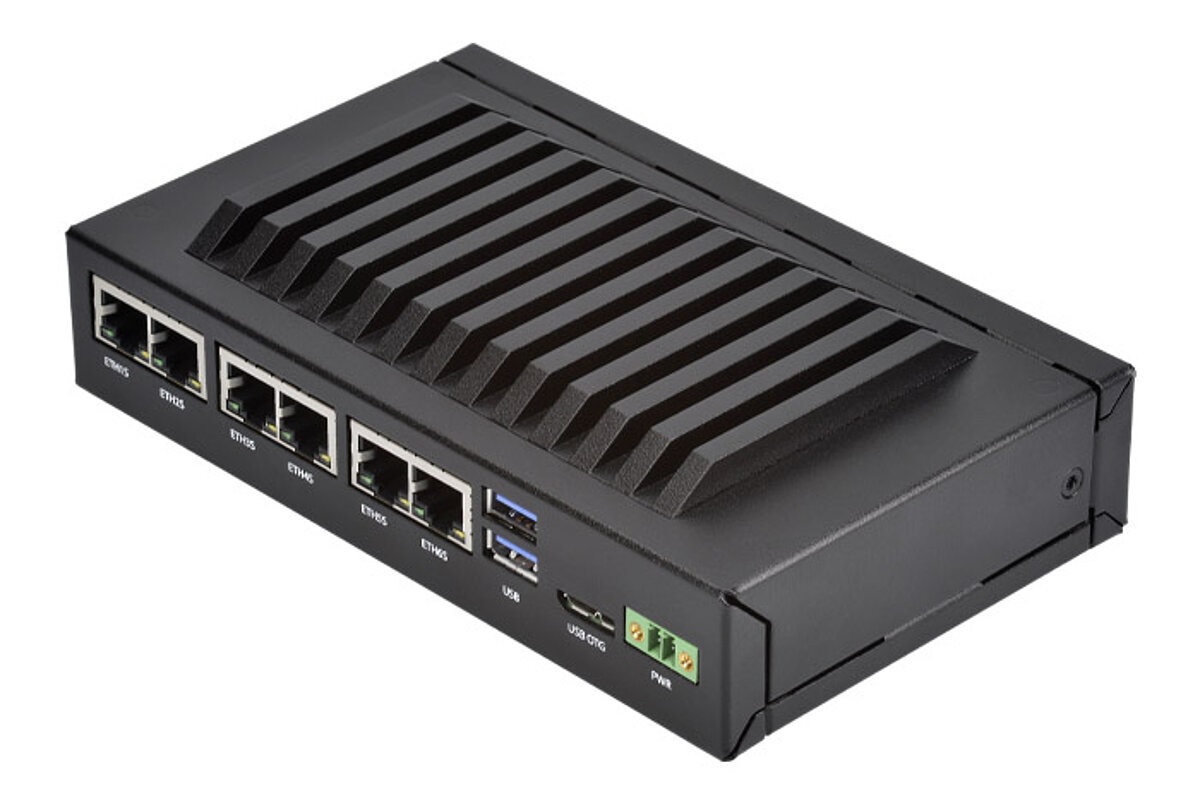By Lucero Artemio, Senior Product Manager, Fiberroad Technology
There are several factors that determine the price of an Ethernet switch. Listed below are some of the reasons why Ethernet Switches Cost So Much
Development Costs
The development costs of Ethernet switches are very high. The reason for this is that switching chipsets are quite expensive and must deliver wire-speed throughput across all ports without any noticeable lag. The latest hardware produced by major companies can cost hundreds of dollars for a five-port model and several thousand dollars for a 24-48 port switch. Hence, consumers should consider the costs before purchasing a switch. It would be wiser to wait for six months before purchasing a switch before it is available to the public.
Once the development costs are considered, it would be a great idea to consider the different features of an Ethernet switch. Depending on the type of switch you are looking for, you can choose between a traditional Ethernet switch and an IP-based switch. Ethernet switches can be tailored for specific industries, such as education, hospitality, and retail. They may also be integrated with other products or APIs, enabling users to get more out of their switch data. However, it is important to remember that ethernet switches require ongoing software licensing costs, and it is wise to decide whether these long-term expenses are compatible with your budget before purchasing a switch.
Industrial Ethernet technology continues to improve, and manufacturers face increasing demand for cost-effective and reliable industrial-grade Ethernet switches. Ethernet-based networks are widely used in corporate systems and need inexpensive switches. While these switches are readily available and affordable, they do not provide the best performance and low latency. To deliver these, most switches are not designed to support the latest industrial Ethernet standards and protocols. To overcome this, manufacturers can choose to use custom ASICs or third-party ASICs.

Components in a switch
The components in an Ethernet switch can be expensive. This is because a switch is required to connect various devices to a computer network. However, it does not contain processing power, so all the processing power comes from the attached devices, such as servers and routers. So, it is best to get a less expensive model if you need a limited number of ports. But if you need more than that, you can go for a more expensive model.
The most expensive component in an Ethernet switch is the switching chipset. Switching chipsets must provide wire-speed throughput on all ports without noticeable lag. Typically, the most advanced hardware produced by big companies costs hundreds to thousands of dollars. However, you may be able to save money by buying secondhand hardware. However, you should be aware that used hardware might not be compatible with newer switches.
Another reason why network switches are so expensive is because the makers have to invest a huge amount of money in research and development. To get the perfect product, companies must spend a lot of money and time. Then they must sell millions of switches to make a profit. The profit margins of network switches are also high, so the costs of producing them are a bit high. However, the quality of these switches can make them worth the money, especially if they are designed with durability and high performance in mind.
Cost of operating the device
Most ethernet switches are reasonably priced, and the cost of running them depends on the port count and features. A 16-port unmanaged switch will run you around $50 to $60 per unit. Likewise, a 24-port unmanaged switch will set you back about $70-90 per unit. Most vendors offer free demos of their products, so you can try out their features and pricing before you commit to purchasing one. These companies are also known for their excellent customer relations and award-winning product lineups.
The cost of operating some Ethernet switches can be extremely high. Nevertheless, companies are still using them to connect their data centers. While the cost of 100-Gb/sec switches may be expensive, it’s still more affordable than 40 or 50-Gb/sec switches. The cost of operating some switches is approximately $115 per port. For this reason, it’s important to consider the cost of ownership and operating costs of the switch.
While most network switches are powered 24/7, some people are concerned about power consumption. However, the average switch uses about 15 to 30 watts. The actual amount of power depends on the model, manufacturer, and a number of ports. In addition, switching between networks is quite time-consuming, so it’s important to check the power requirements of your network switch before purchasing one. It’s also important to consider the power usage of each port.








